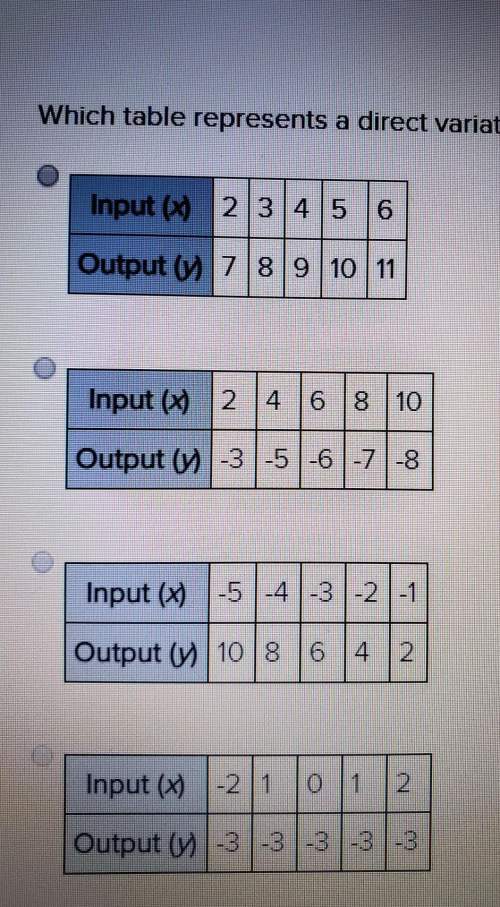
Mathematics, 11.11.2020 01:00 mariaaalopezz
Given: , , and . Prove: ∠PCQ is complementary to ∠ABC. Proof: Since , m∠OCQ = 90° by the definition of perpendicular lines. By angle addition, we can say m∠OCQ = m∠OCP + m∠PCQ. But since m∠OCQ = 90°, m∠OCP + m∠PCQ = 90° by the Transitive Property of Equality. [Missing Step] By the definition of congruent angles, m∠OCP = m∠ABC. This leads to m∠ABC + m∠PCQ = 90° by the Transitive Property of Equality. So, based on the definition of complementary angles, ∠PCQ is complementary to ∠ABC. 35 What is the missing step in the given proof? A. ∠PQC and ∠ACP are supplementary by the Linear Pair Theorem. B. For parallel lines cut by a transversal, corresponding angles are congruent, so ∠ACB ≅ ∠PCQ. C. ∠OCP ≅ ∠BCD by the Vertical Angles Theorem. D. For parallel lines cut by a transversal, corresponding angles are congruent, so ∠OCP ≅ ∠ABC. E. For parallel lines cut by a transversal, corresponding angles are congruent, so ∠OCA ≅ ∠CBD.

Answers: 3
Another question on Mathematics

Mathematics, 21.06.2019 21:30
Mr. vector door is buying two new cowboy hats all together the hats cost $75.12 the second heart cost twice as much as the first hat what is the price of the more expensive at round to the nearest hundredth
Answers: 1

Mathematics, 22.06.2019 00:30
Taber invested money in an account where interest is compounded every year.he made no withdrawals or deposits. the function a(t)=525(1+0.05)^t represent the amount of money in the account after t years. how much money did taber origanally invested?
Answers: 1

Mathematics, 22.06.2019 01:00
70 points ! pls 2. given the following two sets of data what is the union of the two sets and what is the intersection of the two sets. set a = {1, 2, 3, 4, 5, 6, 7, 8, 9} set b = {2, 4, 6, 8, 10, 12, 14} 3. given a regular deck of cards. describe a way of pulling cards that would create a dependent event and then one that would create an independent event. 4. what is the probability of drawing a red card and then drawing a spade without replacing the card that was drawn first?
Answers: 1

You know the right answer?
Given: , , and . Prove: ∠PCQ is complementary to ∠ABC. Proof: Since , m∠OCQ = 90° by the definition...
Questions


Mathematics, 18.06.2020 23:57




Computers and Technology, 18.06.2020 23:57








History, 18.06.2020 23:57

Mathematics, 18.06.2020 23:57


History, 18.06.2020 23:57






